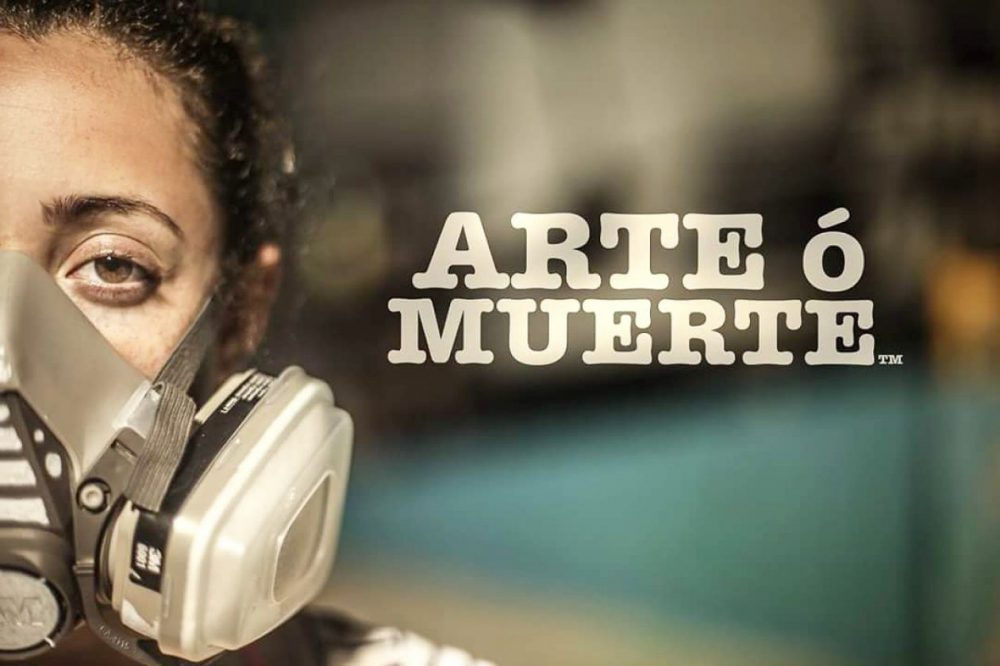Josef Albers: was instrumental in bringing the tenets of European modernism, particularly those associated with the Bauhaus, to America. His legacy as a teacher of artists, as well as his extensive theoretical work proposing that color, rather than form, is the primary medium of pictorial language, profoundly influenced the development of modern art in the United States during the 1950s and 1960s.
Key Ideas
Johannes Itten developed the innovative “preliminary course”[3] which was to teach students the basics of material characteristics, composition, and color. “Itten theorized seven types of color contrast and devised exercises to teach them. His color contrasts include[d] (1) contrast by hue, (2) contrast by value, (3) contrast by temperature, (4) contrast by complements (neutralization), (5) simultaneous contrast (from Chevreuil), (6) contrast by saturation (mixtures with gray), and (7) contrast by extension (from Goethe).”[4](de) In 1920 Itten invited Paul Klee and Georg Muche to join him at the Bauhaus.[5] He also published a book, The Art of Color, which describes these ideas as a furthering of Adolf Hölzel’s color wheel. Itten’s so called “color sphere” went on to include 12 colors. In 1924, Itten established the “Ontos Weaving Workshops” near Zurich, with the help of Bauhaus weaver Gunta Stölzl.
During his study of color, Munsell realized the need for an organized way of defining colors. He wanted to create a system that had a meaningful notation of color, rather than just color names that he found were “foolish” and “misleading”.[3] He set out to create his color space in 1898. To do this, he used his unique inventions to help make measurements to organize his system. One of these inventions was the Photometer.[4] This device measured the luminance of an object, and Munsell used this to make measurements of different colors and to help define how color changes. This information would later become his three dimensions of color. He also patented an invention called the “Spinning Top”.[4] This device was similar to the rotating color wheel developed by James Maxwell, where several colors were placed on the top and the top was spun, mixing the colors together. Munsell used this device to measure the relationship between chroma and value, which helped him create templates for each step in chroma and value for every hue. With these tools, Munsell was able to define three dimensions that define color. He also paid close attention to the sensitivity of the human visual system, and considered this when creating the steps between colors in his system, particularly his value scale. He called these dimensions Hue, Value, and Chroma.[3][5]
Munsell Hue is the attribute of color by which we distinguish red from green, blue from yellow, and other colors. Munsell chose several colors to be the principal hues. These are Red, Yellow, Green, Blue, and Purple. These hues were arranged in a circle. Each hue can be mixed with the same amount of the neighboring hues to create intermediate hues: yellow-red, green-yellow, blue-green, purple-blue, and red-purple. Each color can be defined by how much of each principal hue it contains. A color that is composed of just a principal hue would be given a number 5. So, the red primary would be given the number 5R. If you move to the left of the red hue, the number increases, with the color exactly in between red and yellow-red defined as 10R. Continuing around the circle, the number of the color goes back down to 1YR right after 10 red, until the color is composed of just the yellow-red primary, in which case the color would be 10YR. So, the number represents how much of the primary hue the color contains.[3][5]
Munsell Value defines the lightness of a color, or how much black or white the color contains. The neutral color scale, from black to white with neutral greys in between, all have a hue of 0, which means they do not contain any hue. Instead these colors only change in value. Black would have a value of 0N, with N designating value. White would have a value of 10N, and middle grey would have a value of 5N. A grey in between middle grey and black would have a value of 2.5N. This value scale is based upon visual experiments. The middle grey is visual perceived to have equal amounts of black and white, and so on for other greys. It was very important for Munsell to create a system that was based on the human visual response to color.[3][5]
The final dimension created was chroma. Before the Munsell Color Theory, chroma was not a term used in the art or scientific community. Instead, the intensity of color was defined as saturation. However, Munsell felt it appropriate to break up saturation into two different dimensions, namely value and chroma. Chroma defines the difference between a pure hue and a pure grey. So, a color with a chroma of 1 would be very close to a grey. It is important to note that the maximum chroma of a color is defined by the hue of the color. For example, a color with a yellow hue will have less chroma values than a color with purple hue. This is because of the human visual sensitivity to different hues. Again, this shows how the human visual system is modeled through the Munsell Color Theory.[3][5]




